
Amber Waves
Illustrations by Angela Mele
The University of Chicago Press, Chicago 60637
The University of Chicago Press, Ltd., London
2020 by Catherine Zabinski
All rights reserved. No part of this book may be used or reproduced in any manner whatsoever without written permission, except in the case of brief quotations in critical articles and reviews. For more information, contact the University of Chicago Press, 1427 E. 60th St., Chicago, IL 60637.
Published 2020
Printed in the United States of America
29 28 27 26 25 24 23 22 21 20 1 2 3 4 5
ISBN -13: 978-0-226-55371-9 (cloth)
ISBN -13: 978-0-226-55595-9 (e-book)
DOI : https://doi.org/10.7208/chicago/9780226555959.001.0001
Library of Congress Cataloging-in-Publication Data
Names: Zabinski, Catherine, author.
Title: Amber waves : the extraordinary biography of wheat, from wild grass to world megacrop / Catherine Zabinski.
Description: Chicago : University of Chicago Press, 2020. | Includes bibliographical references and index.
Identifiers: LCCN 2019053515 | ISBN 9780226553719 (cloth) | ISBN 9780226555959 (ebook)
Subjects: LCSH : WheatHistory. | WheatBreedingHistory.
Classification: LCC SB 191. W 5 Z 27 2020 | DDC 633.1/1dc23
LC record available at https://lccn.loc.gov/2019053515
 This paper meets the requirements of ANSI / NISO Z 39.481992 (Permanence of Paper).
This paper meets the requirements of ANSI / NISO Z 39.481992 (Permanence of Paper).
for Mona and Timothy
Contents
Amber Waves
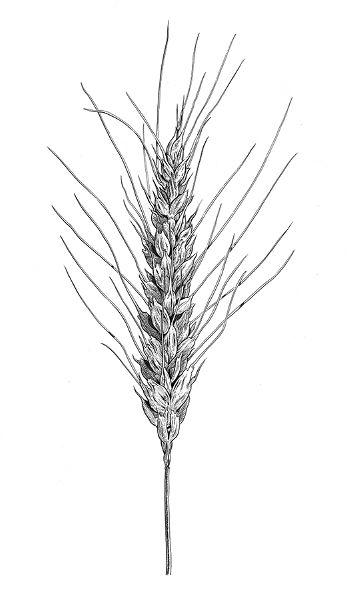
A Biography of Wheat?
A biography of wheat is a bit of a fallacy from the outset, for wheat isnt a person. Moreover, its not even a single species. Wheat is a group of species, and the one that comes to mind, the plant that we use to make bread and croissants and piecrusts, didnt even exist until several thousand years after our ancestors started cultivating its relatives. And despite their rather bland appearances, the species in this group are quirky. Like the people that move in next door, easily summed up based on outward appearances, the wheats come alive as you get to know them, with all their flukes and foibles.
But stillwhy read a biography of a group of plants? Ask your stomach that question. Each time you get up out of your chair to forage for something in the kitchen, and every meal you sit down to eat, savoring the aroma before your first bite, are part of the answer. Every child that goes to bed hungry, every family that runs out of money for groceries before the next paycheck, and every pile of food we discard as waste instead of nourishment, are part of the answer. We have learned how to grow food with increasing efficiency (with thousands of years of practice), but at the same time, we organize our societies in complex ways that can make food production and distribution less than straightforward. Getting to know our food species and understanding our relationship with those species are ways to learn more about ourselves.
Because wheat is a group of grasses that our ancestors used for nourishment, the story of wheat is also a story of human capacity to find a secure and nutritious source of food for energy, for health, for pleasure. A biography of wheat reflects our ingenuity to cultivate and harvest a plant that we then use to make foodour use of wood and rocks and metal, and of human labor, animal labor, and diesel engines. The story of this group of grasses runs parallel to that of our species early villages, first states, and plans for war and plans for peace. Its also a story of our power and our human proclivity to ensure our security by overpowering others. And thats easily done by controlling peoples access to the food that we all need to survive and prosper.
Further, its a story about science, about soil and roots, leaves and sunshine, and water and photosynthesis. Our ancestors used simple observation and reasoning and trial and error to grow food, and as technical skills increased, chemistry labs and greenhouses to understand how to grow more food more efficiently. Our bodies need a minimum number of calories, a specific set of chemical elements, to maintain and support our muscles, our blood, and the rest of our anatomy. Our brains let us know if we dont have enough of what we need. With taste and smell, we discriminate between good and bad food to keep us from eating something that will make us sick or worse. As much as we avoid food that we think is no good, we are drawn to food that we savor. For many, the smell of freshly baked bread or the sight of a plate of steaming pasta is enough to trigger a mouthwatering response and the anticipation of a moment of bliss. But nothing about food is simple, because humans arent simple. For some of us, a warm cinnamon roll does not inspire ecstasy; wheat triggers a physical response in the gut that makes simple repeated exposure a potentially lethal prospect.
As a species, we invest energy to secure food for ourselves and for our young. As our societies became more structured and our agriculture more technology driven, fewer of us are actually involved in growing the plants and raising the animals that we eat. But still, we shop, we cook, we order online, we earn money to pay for the food we eat. A biography of wheat, then, is a story of a group of grasses whose existence became complicated by its convergence with our own species and our never-ending need for more food.
The other problem with a biography of wheat is that it inevitably distorts time. Wheat and its relatives had lived for millions of years on this planet before our ancestors were alive to pay any attention to them. So to put the parts of the story in which were most interestedthose parts where were also in the pictureinto a context, the biography of wheat covers a really long period. The first chapter of this story spreads over a couple of billion years, the second chapter over millions of years, and the third over thousands. A tale with an evolutionary backdrop requires some flexibility in thinking about time. And that evolutionary backdrop is essential to the story. Its essential because of our concerns about the safety and security of our food. Its not just a personal task to keep our cupboards stocked and some money in our checking account for groceries; its also a political task to provide enough food so that people are not rebelling because of hunger. And the technological tools that are increasingly applied, not just to food production but in our hospitals and research labs, are focused on the molecular level. Our capacity to add or edit genes, not only in our own DNA but in the DNA of our food species, is best understood in the context of the mechanisms of evolution. Accordingly, this biography will take you from the origins of the first plants up to the current days; its about the evolution of plants, the ways our ancestors used the tiny grass seeds to feed themselves, and the challenges of agriculture in a world where our population doubles in less than a century. This biography travels the globe, because our species has transported wheat to all but the polar continents. A biography of wheat, then, is not just about the plants. Its also about us, our societies, and how we manage our food.
Next page
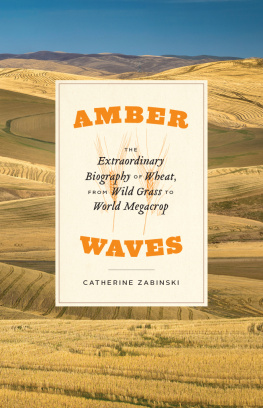




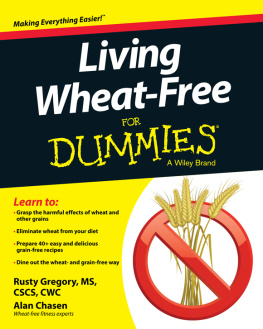
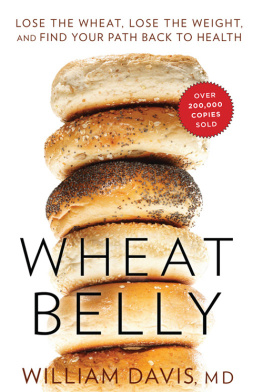


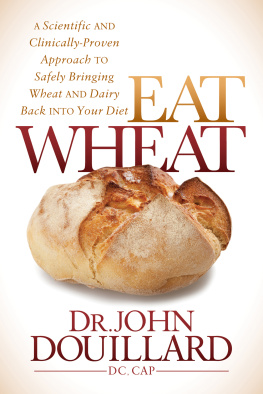

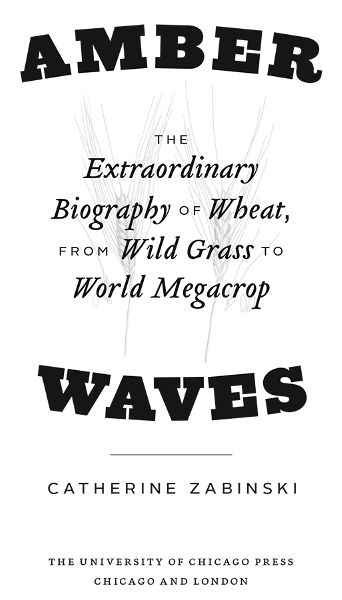
 This paper meets the requirements of ANSI / NISO Z 39.481992 (Permanence of Paper).
This paper meets the requirements of ANSI / NISO Z 39.481992 (Permanence of Paper).